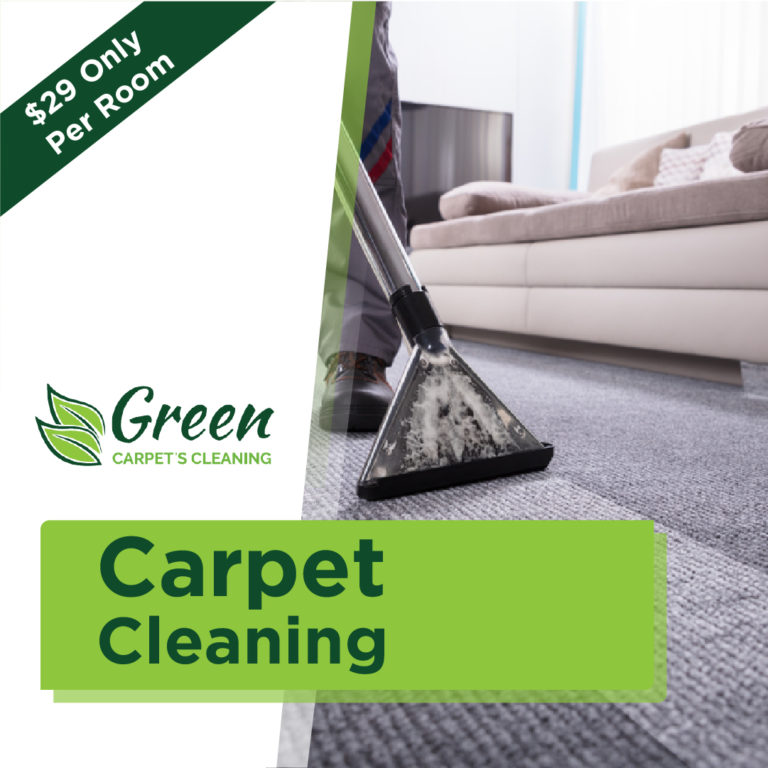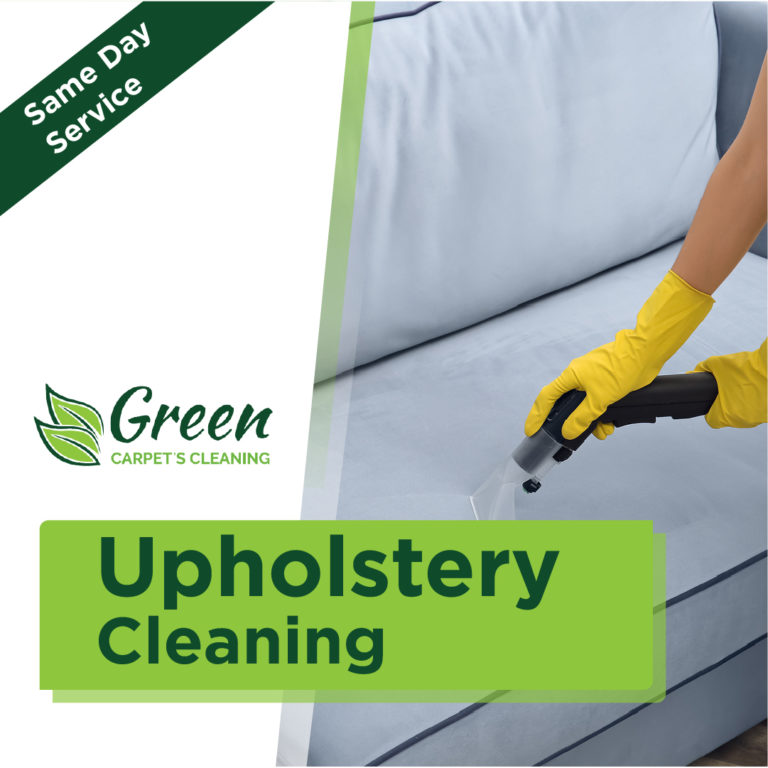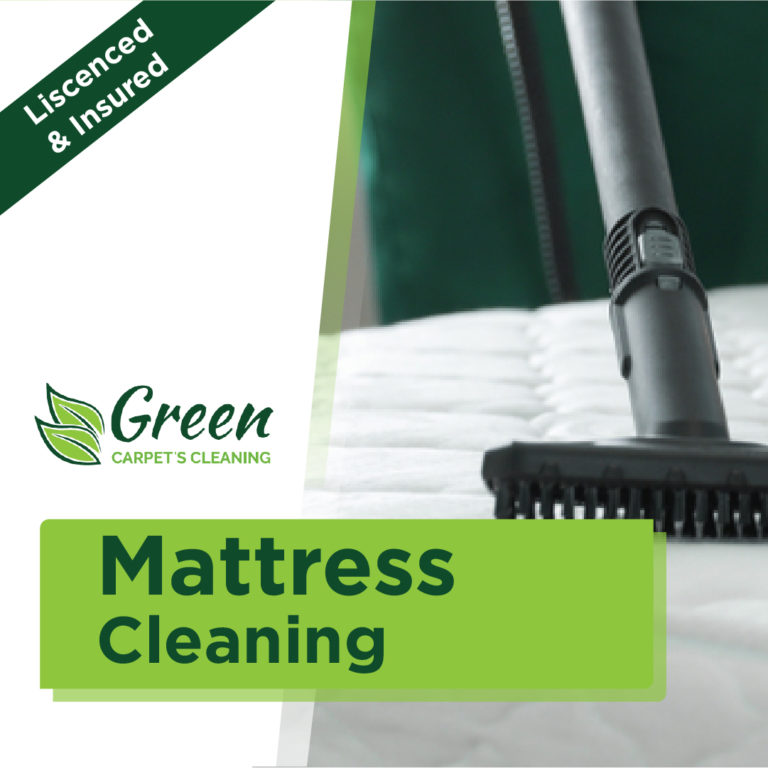Different types of Upholstery Fabric
Natural Fabrics
Upholstery Cleaning in Piedmont — Natural materials are made from natural fibers that come from animals or plants.
Chenille
Chenille’s soft coating stack inspired its name — it’s the French word for”caterpillar.” It is given a distinguishing nap by its weft threading. Chenille is often made of natural fibers, but it may also be made from synthetics such as rayon.
Cotton
Cotton furniture upholstery is typically a blend, combining this stylish, breathable all-natural fiber using linen, polyester, nylon, etc. for extra texture, strength, or resistance to soiling and wrinkling.
Jute
A natural fiber generated mostly in Bangladesh and India, jute was traditionally used for matting and rope. Though prone to wrinkling, it’s a great material for modern rustic accent pieces such as an ottoman, including a somewhat rougher texture that pairs nicely with wood and/or leather.
Leather
Leather upholstery may vary in price and quality, based on its grade and therapy.
Full-grain leather: Full-grain leather employs layers are hidden rather than by the animal, and marks or imperfections are left undamaged. This is the thickest, highest-quality leather.
Top-grain leather leather can be second in quality only to complete grain and employs the powerful top layers of the animal hide.
Corrected-grain leather: Corrected-grain leather has been treated to remove imperfections and then awarded an imitation grain for a uniform appearance.
Split leatherSplit leather consists of the drop or bottom rest of the hide. To the surface, an artificial surface layer is laminated with bycast/bicast leather.
Linen
Linen is an cloth fiber. It is a smooth, soft, and naturally lustrous fabric that offers durability and natural immunity to moths, pilling, and abrasion. It is often utilized with cotton for elasticity. Neatly tailored bits like parsons chairs, traditional dining seats, and tufted arm seats offer you a great style for linen.
Silk
Soft silk, and luxurious feels in formal settings and is best maintained to zones that are kid-free/spill-free. Silk is occasionally backed to add durability and weight and comes from both artificial and natural varieties. Sunlight can make this cloth to fade thus think creatively about where you place a silk upholstered piece.
Velvet
Velvet is a lavish woven fabric characterized by its thick and short heap. This soft and glistening material can be produced from synthetic or natural fibers and changes in type and quality. Though relatively hard to clean, velvet stands out because of its comfort, texture, and rich colour, making it a preferred alternative for dramatic pieces like traditional button-tufted headboards and swanky accent seats.
Wool
Most wool you find on sofas and accent chairs now is actually a blend of natural and synthetic fibers. The inclusion of synthetic materials assists the fabric stand up better to wear and also makes it easier to clean.
Synthetic Fabrics
Synthetic fabrics, also called materials that are engineered, are textiles made from fibers as opposed to natural fibers. Fabrics are more resistant to fading and staining and tend to be more durable than natural fabrics.
Faux Leather
Faux leather is usually made from polyurethane, a more ecofriendly alternative to PVC or plastic. PU is more watertight than PVC, and it degradable.
Microfiber
Microfiber is a knit blend polyester fabric that is thicker than suede plus a great deal easier to clean (simply make sure you dab instead of rub). This dense material is constructed providing durability and moisture resistance together with the qualities of suede. This fabric is ideally suited to chaise sectional lounges or convertible couches, and other comfy casual chairs in a contemporary fashion.
Nylon
A synthetic fiber, nylon is generally blended with other substances to make a robust and durable material. It is typically easy to maintain and is not prone to wrinkling.
Olefin
Olefin is a manmade material that is made from melting plastic pellets down. Any desirable color is added and the threads are woven together. Olefin will hold its color Since the colours are baked in rather than added to the surface and may be cleaned with bleaches. This durable material is great for upholstery.
Polyester
First introduced in the 1950s, polyester is a high heeled synthetic fabric that does its best work in tandem with natural materials such as yarn and cotton.
Rayon
This material was developed to mimic fabrics such as cotton and linen. It combined with other kinds of threads to create a blended material that’s suitable for upholstery.
Things to Place under Couch Cushions to Prevent Sagging & Sinking by Green Carpet’s® in Piedmont














